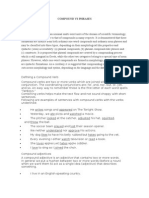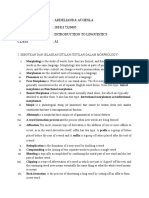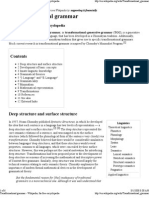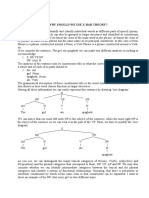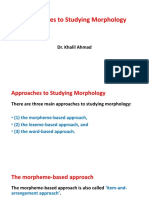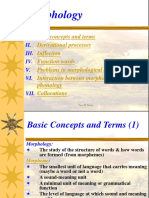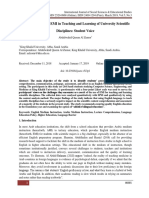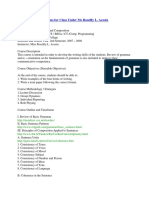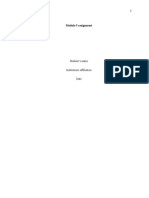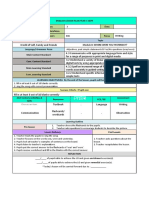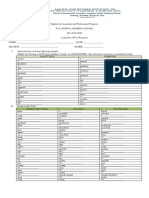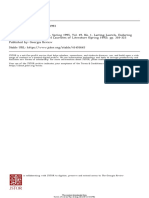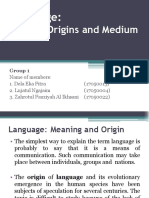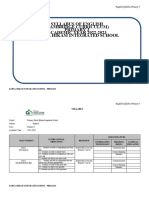0% found this document useful (0 votes)
90 views12 pagesIntroduction of Syntax: Moh. Firmansyah, S.PD., M.PD
The document discusses the definition and concepts of syntax. It defines syntax as the study of the internal structure of sentences and how words are arranged to form sentences. There are two central ideas in syntax: heads, which are the main words that control other words in a phrase or clause, and modifiers, which are other words that modify the head. Phrases and clauses contain heads and may also contain modifiers.
Uploaded by
Chindy KatiandaghoCopyright
© © All Rights Reserved
We take content rights seriously. If you suspect this is your content, claim it here.
Available Formats
Download as PPTX, PDF, TXT or read online on Scribd
0% found this document useful (0 votes)
90 views12 pagesIntroduction of Syntax: Moh. Firmansyah, S.PD., M.PD
The document discusses the definition and concepts of syntax. It defines syntax as the study of the internal structure of sentences and how words are arranged to form sentences. There are two central ideas in syntax: heads, which are the main words that control other words in a phrase or clause, and modifiers, which are other words that modify the head. Phrases and clauses contain heads and may also contain modifiers.
Uploaded by
Chindy KatiandaghoCopyright
© © All Rights Reserved
We take content rights seriously. If you suspect this is your content, claim it here.
Available Formats
Download as PPTX, PDF, TXT or read online on Scribd
/ 12
